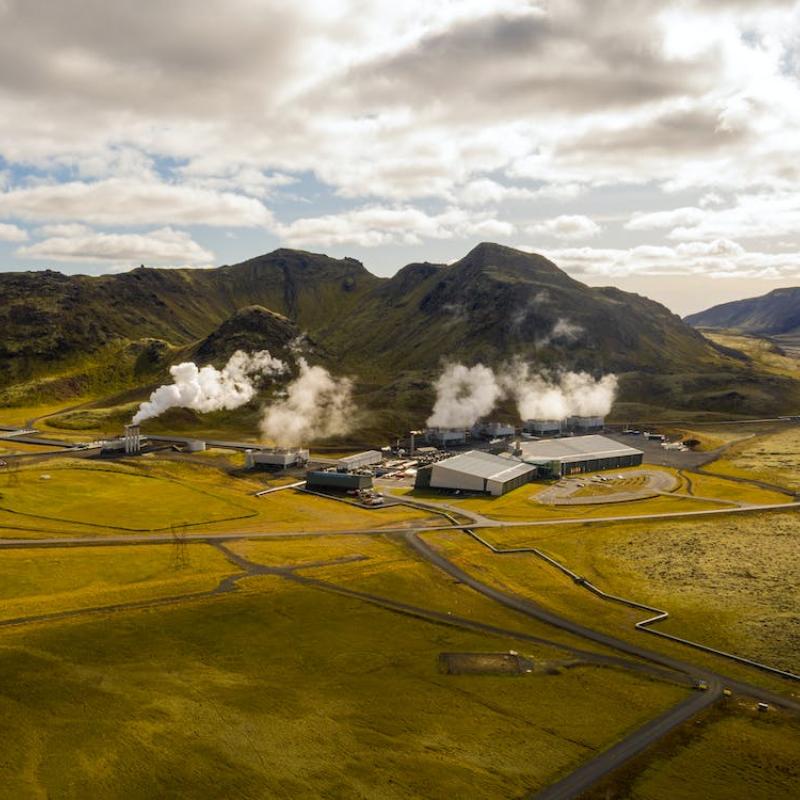Multi-scale hyperspectral observables of active hydrothermal systems in Iceland

The topic is part of the Planetary Science Network Project on Observables of Planetary Habitability. It links to the postdoctoral research project "Exploring the multi-scale detectability of biosignatures: linking outcrop processes to capabilities and limitations of remote sensing technology" at ITC.
Active hydrothermal systems are favorable environments for sustaining simple life forms. These systems can act as analogues for similar environments that potentially host primitive life elsewhere in the solar system and beyond. Terrestrial systems often have distinct mineralogical surface expressions that are observable using hyperspectral imaging methods at multiple scales, where their detectability decreases with decreasing spectral and spatial resolution of the optical sensors. The relationship between the scale of observation and the detectability of the hydrothermal systems has to be known precisely to design space mission instruments that aim to detect hydrothermal systems on other planets and moons. Iceland forms an excellent terrestrial analogue for hydrothermal systems and their volcanic geological context, which hosts simple life forms and can be investigated using various hyperspectral sensors.
The study aims to investigate the hyperspectral signatures of different types of active hydrothermal systems in Iceland and how detecting these signatures changes with the observation scale. The hyperspectral signatures in this study are a combination of the spectral reflectance characteristics of the different materials found at these sites, their spatial distribution (and configuration), and the geological context in which they occur. Data sets range from lab hyperspectral images of field samples to drone, air, and spaceborne hyperspectral imagery. The work includes interpreting hyperspectral data sets and comparing the hyperspectral signatures at different observation scales.
- Van der Meer, F., Hecker, C., van Ruitenbeek, F., van der Werff, H., de Wijkerslooth, C., & Wechsler, C. (2014). Geologic remote sensing for geothermal exploration: A review. International journal of applied earth observation and geoinformation, 33, 255-269.
- Harris, Jennifer K., et al. "Remote detection of past habitability at Mars-analogue hydrothermal alteration terrains using an ExoMars Panoramic Camera emulator." Icarus 252 (2015): 284-300.
- Ramírez-González, Lucía Magali, et al. "Remote sensing of surface Hydrothermal Alteration, identification of Minerals and Thermal anomalies at Sveifluháls-Krýsuvík high-temperature Geothermal field, SW Iceland." IOP Conference Series: Earth and Environmental Science. Vol. 254. No. 1. IOP Publishing, 2019.
